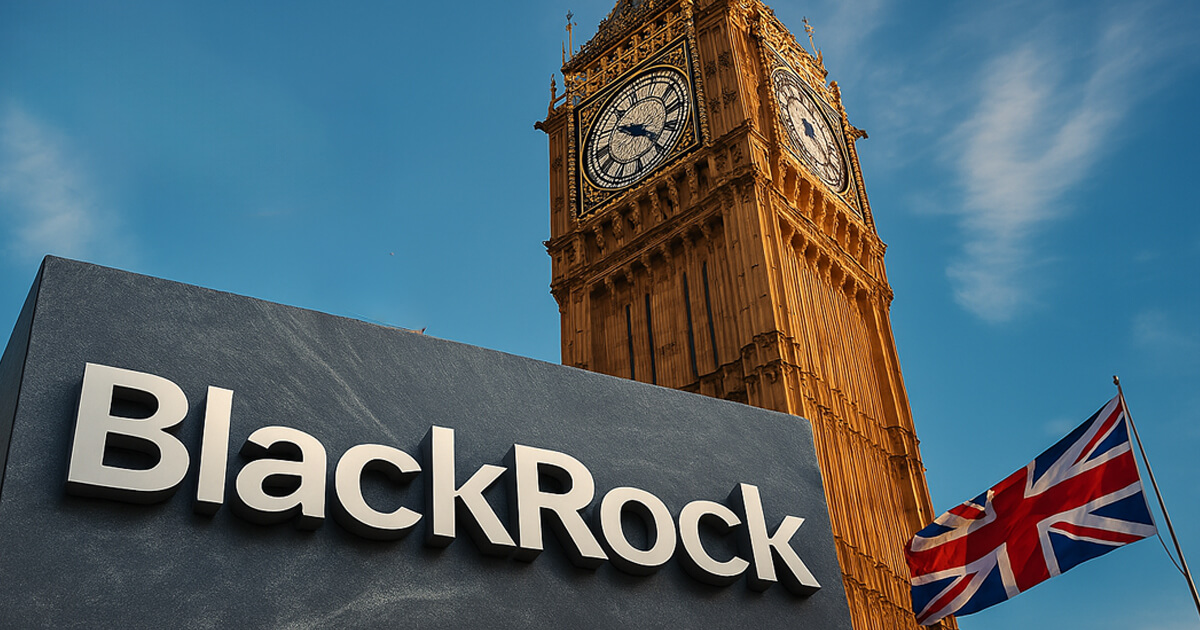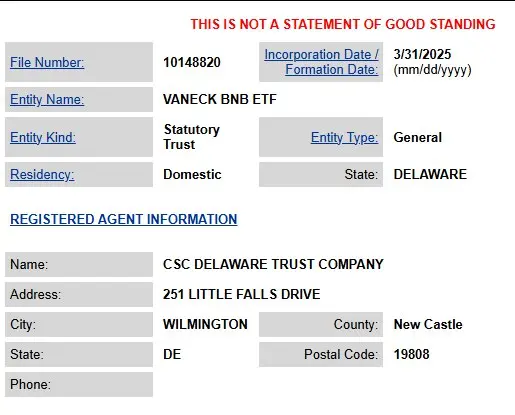 CaryptosHeadlines Media Has Launched Its Native Token CHT.
Airdrop Is Live For Everyone, Claim Instant 5000 CHT Tokens Worth Of $50 USDT.
Join the Airdrop at the official website,
CryptosHeadlinesToken.com
CaryptosHeadlines Media Has Launched Its Native Token CHT.
Airdrop Is Live For Everyone, Claim Instant 5000 CHT Tokens Worth Of $50 USDT.
Join the Airdrop at the official website,
CryptosHeadlinesToken.com
- Banks are exploring XRP Ledger for $500B in asset transfers, hinting at a major shift from legacy systems like SWIFT.
- Regulatory clarity post-SEC case could boost XRP adoption, but price impact remains uncertain amid mixed investor sentiment.
Financial strategist Jake Claver’s comments on social media suggest that major global banks are considering XRP as a tool for real-time payments. His recent statement sparked fresh interest in XRP’s potential role in the growing cross-border payments space.
Though details remain limited, the suggestion that large financial institutions are testing the asset points to a broader reassessment of blockchain-based solutions for financial infrastructure.
We’re watching major banks test #XRP for real-time payments right now. When half a trillion dollars in assets starts moving onto the #XRPL, you better pay attention. The skeptics were wrong. The revolution is happening right before our eyes. Watch closely or get left behind.
— Jake Claver, QFOP (@beyond_broke) March 26, 2025
Claver claimed that nearly $500 billion in assets are beginning to move onto the XRP Ledger (XRPL), the blockchain that powers XRP. While he did not name any banks allegedly involved in testing, he framed the development as part of a quiet but transformative change in the financial industry.
Traditional Systems Face Emerging Alternatives
SWIFT, the decades-old messaging network that enables most international financial transfers, continues to serve over 11,000 financial institutions globally. Ripple, which developed XRP and the XRPL, has fewer direct partnerships and fewer than 100 banks. Despite this, XRP’s proponents believe the asset can offer advantages in speed, settlement time, and transaction costs.
Claver’s statement points toward a situation where institutions begin transitioning from legacy systems to decentralized alternatives. However, ETHNews reported that even a small fraction of banks currently using SWIFT were to adopt XRP for settlement purposes, which could mark a major development in payment technologies. This shift would also reflect changing priorities in finance, where speed, efficiency, and cost reduction are becoming essential.
Reactions to Claver’s comments have been divided. Some within the crypto community remain unconvinced that institutional adoption of XRP will lead to price appreciation. A social media user known as CryptoTA noted that the value of digital assets is not directly tied to usage. He pointed out that market prices are often driven by whales and short-term trading behaviors rather than utility.
He also noted that despite Ripple’s expanding partnerships and growing institutional interest, XRP’s price has remained relatively flat.
Regulation Continues to Shape Institutional Interest
Another voice in the discussion, user Dean G, pointed out the regulatory climate surrounding XRP. He argued that the uncertainty caused by the SEC’s lawsuit against Ripple slowed institutional adoption in the U.S. While the SEC recently dropped the remaining charges, the damage to XRP’s momentum during that legal battle may take time to reverse.
Dean G also noted that banks are not required to use SWIFT and that Ripple’s infrastructure offers an alternative that some institutions may already be considering. He asked how the industry might respond if more banks adopted Ripple’s solutions now that legal concerns have begun to ease.
What happens if half of those banks start using Ripple? They are not obligated to use SWIFT. In case you didn’t know. Utility has been non existent because of the SEC saga. That has affected uptake on a global scale giving USA’s significance in the global economy.
— Dean G (@ufcukinsheep) March 27, 2025
While it remains unclear how many banks are actively testing XRP, Claver’s statement adds to a larger conversation about blockchain integration in traditional finance. As regulatory concerns ease and interest in real-time settlement grows, XRP may be among the assets positioned to benefit.













